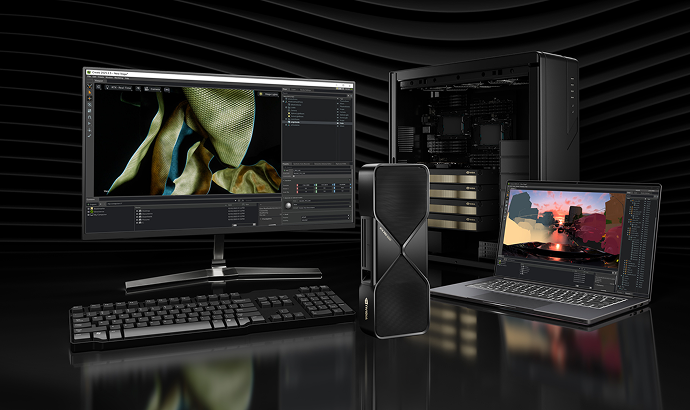

Writing About AI
Uvation
Reen Singh is an engineer and a technologist with a diverse background spanning software, hardware, aerospace, defense, and cybersecurity. As CTO at Uvation, he leverages his extensive experience to lead the company’s technological innovation and development.

Selecting the appropriate GPU server for deep learning is more critical than ever due to the rapid evolution of AI and deep learning technologies. For IT Managers and CIOs overseeing AI deployments, hardware decisions directly impact performance, scalability, and cost-efficiency. The global deep learning market is experiencing significant growth, projected to increase from $14 billion in 2022 to over $93 billion by 2029. Choosing the wrong GPU server can lead to bottlenecks, increased costs, and inefficiency, while the right choice can accelerate AI model training, improve scalability, and future-proof infrastructure, which is paramount in a competitive market. It’s not solely about raw performance; understanding which GPU best suits specific deep learning tasks (e.g., image processing, NLP, generative models) ensures teams have the optimal tools for innovation.
NVIDIA GPUs dominate the GPU server market for deep learning applications, powering nearly 90% of AI workloads in the data centre industry. Major cloud providers such as AWS, Azure, and Google Cloud specifically offer NVIDIA A100 and H100 instances for high-demand deep learning tasks. The NVIDIA A100 and H100 Tensor Core GPUs are consistently recommended across various deep learning requirements. The A100, with up to 80GB of memory, is ideal for training convolutional neural networks (CNNs) on large image datasets, while the H100 builds on this architecture, offering even more power and memory for larger-scale tasks, reinforcement learning, and high-performance generative models. The NVIDIA DGX A100 is also highlighted as a purpose-built solution for AI workloads with immense computational power.
Deep learning requirements vary significantly depending on the application:
There are two main types of GPU server deployment options:
For IT Managers and CIOs, several key factors must be considered:
The choice of GPU server is heavily influenced by the organisation’s type and specific needs:
While NVIDIA dominates, the AMD Instinct™ MI300X Platform is also highlighted as a notable option. It features AMD Instinct™ MI300X GPUs with a unified CPU and GPU architecture. This design is specifically engineered for accelerated workloads, providing significant compute and memory bandwidth for AI and deep learning applications. Its distinguishing feature is this integrated CPU and GPU architecture, which gives it an edge for high-performance AI training and large-scale data processing tasks.
The global deep learning market is experiencing impressive growth, driven by advancements in AI. It is expected to increase from $14 billion in 2022 to over $93 billion by 2029, with a compound annual growth rate (CAGR) of 31.5%. This significant growth signifies that IT infrastructure decisions, particularly regarding GPU servers, are paramount. Organisations need to invest in scalable, high-performance, and cost-efficient GPU solutions to keep pace with this rapid expansion. The right hardware choices will be critical for accelerating AI model training, improving efficiency, and ensuring infrastructure is future-proofed to meet increasing demands and remain competitive in the evolving AI landscape.
We are writing frequenly. Don’t miss that.

Unregistered User
It seems you are not registered on this platform. Sign up in order to submit a comment.
Sign up now